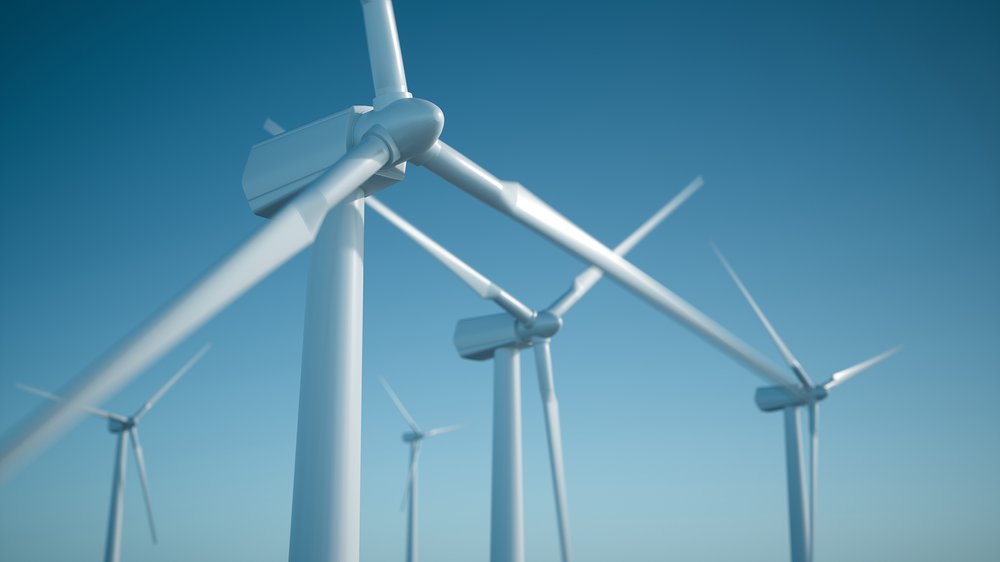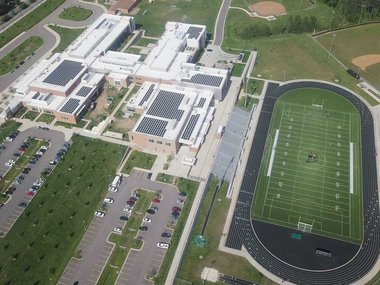Question Your World: Is the Answer Really Blowing in the Wind?
Howdy pardners, they say everything's bigger in Texas, right? Apparently that includes renewable energy generated by wind power! Texas is leading the nation in generating wind power. Virginia, on the other hand, does not make it onto those kinds of lists, but all that could potentially change in the very near future. Today's topic on wind power begs the big question: Is the answer really blowing in the wind?
A recent report showed that for the first half of 2019, the Lone Star State has generated more energy from wind than coal! Wind was responsible for 22% of the state's power generation with coal right behind at 21%. The long, flat landscape of Texas east of the Rocky Mountains allows for a pretty wind-friendly situation, and Texas energy experts are taking advantage of this. In fact, Texas produced about a quarter of the nation's wind energy last year and ranked as the #1 state in the nation for wind-generated power.
Meanwhile back here in the Commonwealth of Virginia, we're still reaching for that wind of change. Right now, all of our renewable energy resources combined only account for 6% of Virginia's total energy production. Virginia's currently ranks 37th in the nation for renewable energy produced.

Image credit: Getty Images
On July 1, construction began on two off-shore coastal wind turbines, each would produce 6 megawatts of power and could provide energy for 3,000 homes at peak output. The state's largest energy provider has indicated plans for a $1.1 billion investment in a larger commercial off-shore wind facility that could produce enough energy to power 500,0000 homes during peak output.
As populations and energy needs grow, scientists around the world are encouraging more renewable energy use to meet human needs without adding more heat trapping gases to our atmosphere, the primary driver of present-day climate change. Using our coastal winds would be an excellent way to work towards those goals.
The current challenges include more community support, funding, and installation of infrastructure. The rest is literally a breeze.

